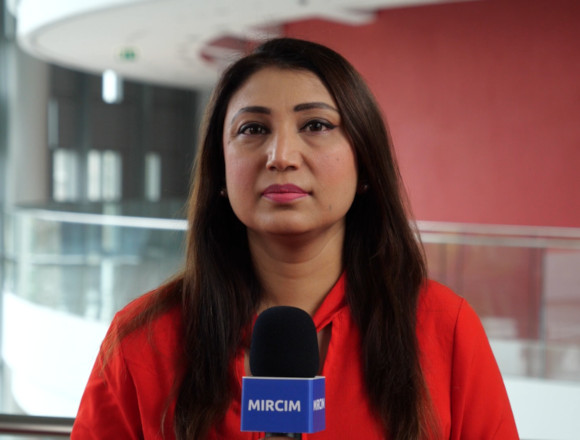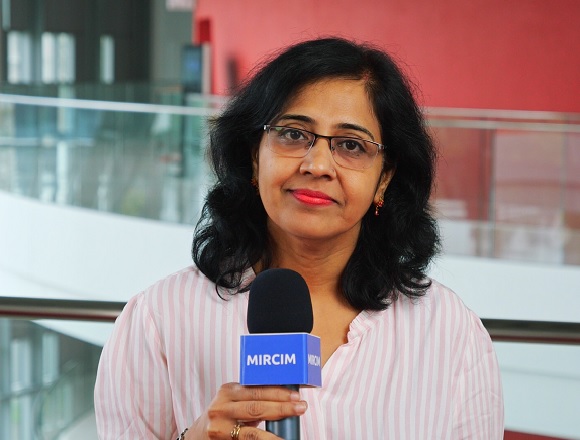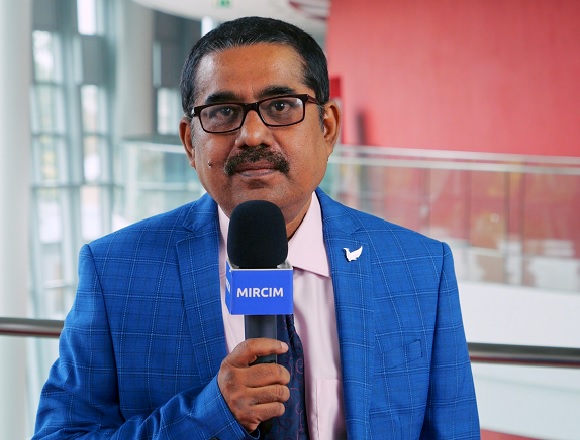Jyotirmoy Pal, MD, is a professor of medicine and editor in chief of the McMaster Textbook of Internal Medicine South Asia Edition.
If you were to name the 3 most important advances in infectious diseases in South Asia that are relevant for everyday practice, what would they be?
Being a tropical country, India has a high prevalence of different infectious diseases, but recently due to the rapid economic growth, deforestation, industrialization, and economic activity we are seeing the changing profile of different infectious diseases.
To have an example, let’s look at malaria. For centuries we have recorded severe malaria cases caused by Plasmodium falciparum, but recently we have observed that P vivax malaria is more rampant in India, causing severe malaria. This is a new development in the malaria practice in India.
Also, there is a resurgence of scrub typhus. In India, we have seen [this]—particularly in the Southeast Asia—in the early or mid-1960s, but after that due to the deforestation and more agricultural activity humans have been closer to or in contact with different mites, and so there is more scrub typhus, particularly acute encephalitis syndrome caused by scrub typhus. In one study in Southeast Asia, it has been observed that 30% of cases of acute encephalitis syndrome are caused by scrub typhus.
Thirdly, we have observed that in different dengue… Dengue shock syndrome and dengue hemorrhagic fever are the two known complications of dengue fever. But recently we have observed, particularly in the last 2 years, that macrophage activation syndrome is another complication for which there is more mortality in the dengue cases.
 English
English
 Español
Español
 українська
українська










